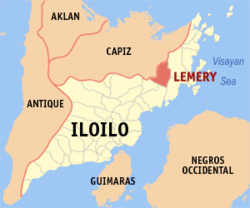
Where is the Greg Secker Foundation Village based?
Many of you follow us and read about the progress of our Build a House Build a Home project, but how many of you actually know where it is based and what goes on in the local area?
Here are a few interesting facts to give you an idea …
The Philippines is an archipelago bounded by the Pacific Ocean. To the East the Bashi Channel, to the North the Sulu and to the South the Celebes Seas.
The Philippines are made up of 7,107 islands in a magical corner of the world. They are divided into three regions – Luzon, Visayas and Mindanao.
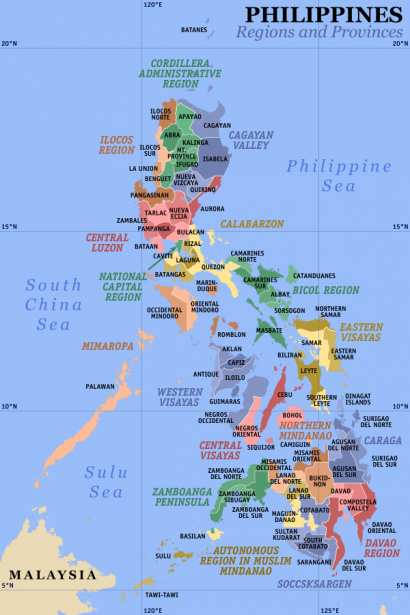
The Luzon Islands include Luzon, Palawan, Mindora, Marinduque, Masbate, Romblon, Catanduanes, Batanes and Polilio.
The Visayas is the group of island in the central Philippines, the largest of which are Panay, Negros, Cebu, Bohol, Leyte, Samar, Siquijor, Biliran and Guimaras.
The Mindanao islands include Dinagat, Siargao, Camiguin, Samal plus the Sulu archipelago composing primarily of Basilan, Sulu and Tawi-Tawi.
Some islands have become bustling cosmopolitan cities, such as Manila, the city of Cebu and Davao, while others are more remote and tropical.
The Greg Secker Foundation Village is located on the Panay Island, approximately 1 ½ – 2 hours from Iloilo City and 4k from Lemery Town, which has a population of approximately 40,000 people.
The village is part of the Barangay Capinahan, which is part of the town of Lemery and is located in the northern part of the province of Iloilo. It is one of the towns in the 5th district of this province.
The municipality was named after the Spanish Governor, General Jose Lemery e Ilbarrol Ney y Gonzalez. During the early part of the 18th century, adventurous settlers from Taai were attracted to the vast plain near the shores of Balayan Bay because of its abundance in fish and other marine life. Salting and drying fish became their major occupation.
Nowadays Lemery’s economic growth depends mainly on each agricultural sector. It posses a vast and rich area best suited for agricultural. It has the biggest bulk deposits of white clay for the ceramic industry as well as traces of copper, iron, gold and other metallic minerals.
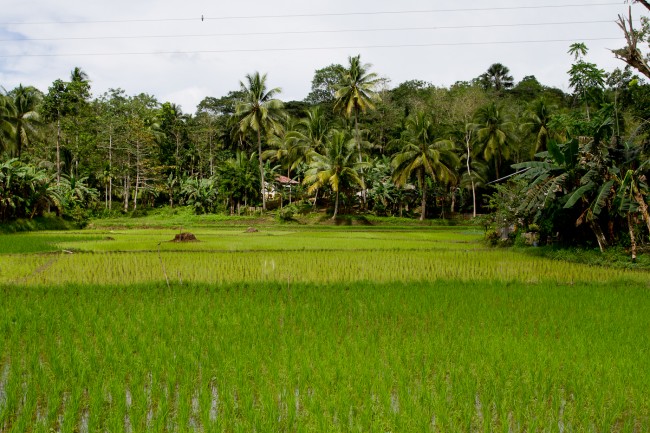
The farmers of Lemery provide a rich harvest of rice, corn and sugar cane that is beneficial to not only the residents of Lemery but also to other municipalities.
A festival known as the Saug Festival is held every year. This features eight districts portraying different situations or scenes on the real purpose of Saug. Saug is a local term, which means to transfer wood and other farm products from one place to another by means of Karosa.
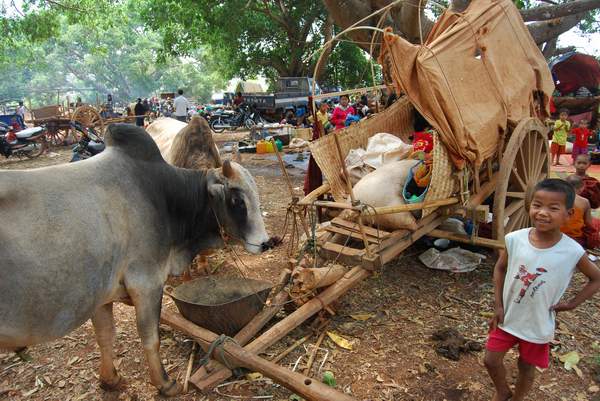
Lemery’s climate is classified as tropical. February to May is classed as warm, June to November cool and the coldest months being December to January. The Philippines only have two seasons with the average temperatures being 27.3C and an annual rainfall of 1775mm per year.
Our Project Coordinator, DR says that although Lemery is quite remote it is a very peaceful place to live and he loves everything about it.
The Philippines are a beautiful place to visit with something for every traveller; wherever you go you won’t ever be more than two hours from the beaches.
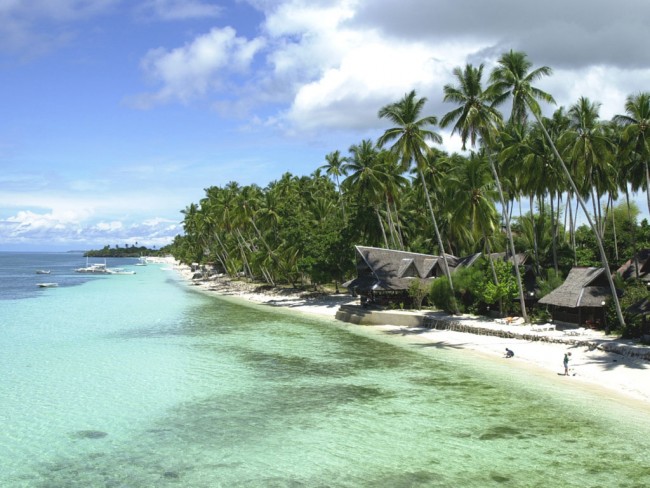
Visit http://itsmorefuninthephilippines.co.uk for more information, but promise us…. if you come to the Philippines you’ll come and see us at the Foundation village too!
